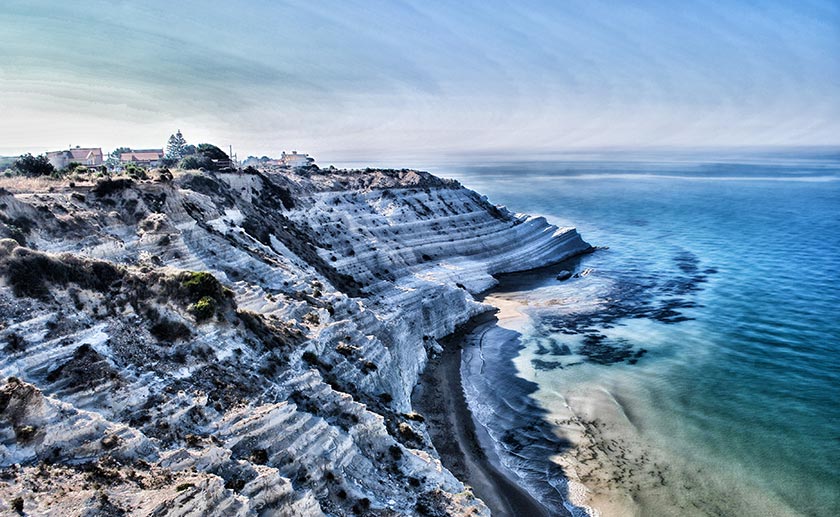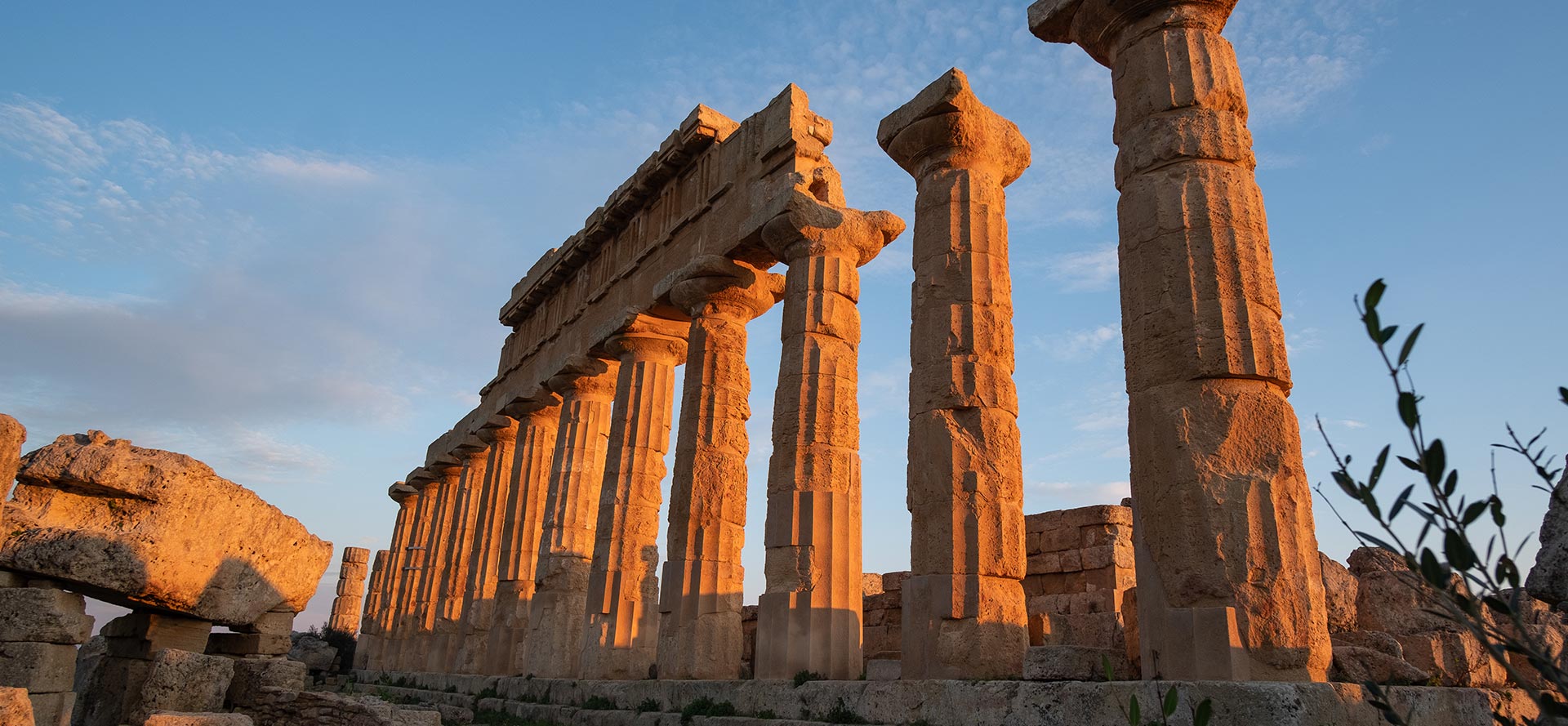Architectural Gems
Menfi is a small town located between the valleys of the Belice and Carboj rivers, in the province of Agrigento, Sicily.
Here you can admire architectural gems such as the remains of the 17th-century Mother Church of Sant’Antonio da Padova, now integrated into a contemporary architectural structure; the Federician Tower, once part of the imposing castle built by Frederick II of Swabia in the 13th century; and the noble Pignatelli Palace.
Menfi is less than 10 km from the sea and centrally located in relation to the main tourist destinations of Western Sicily.

Porto Palo Beach, Menfi
Awarded the Blue Flag for 24 consecutive years for the clarity of its waters, Porto Palo Beach is one of the most renowned in all of Sicily.
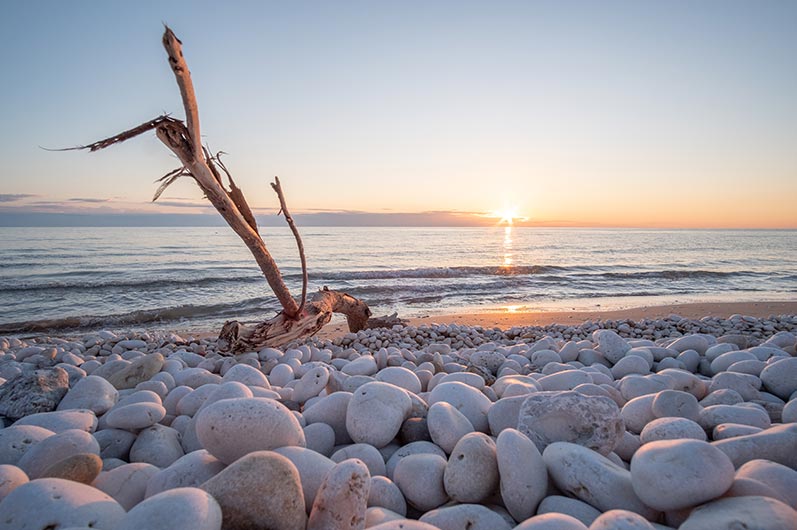
Palermo, Trapani, and Agrigento
These are three of the most iconic cities on the island—full of history, tradition, art, and culture. If you want to dive into city life, explore colorful and lively markets, discover the full variety of Sicilian cuisine, and admire the historical architectural landmarks that define this land, a visit to Palermo, Trapani, and Agrigento is a must.
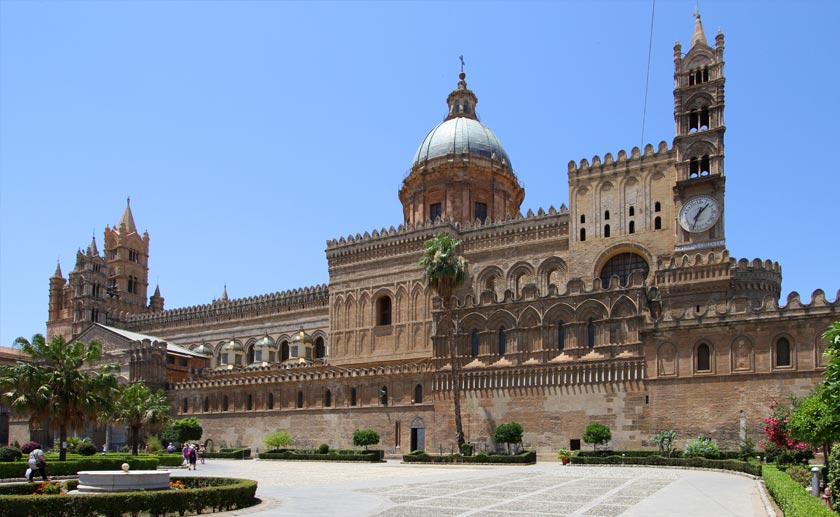
The Salt Pans of Marsala
The Salt Pans of the Lagoon stretch along the coast between Trapani and Marsala. This unique and enchanting landscape lies opposite the island of Mothia, along the famous “Salt Road,” which leads to the Stagnone Islands Nature Reserve. Picturesque windmills frame a setting of saltwater pools, canals, and mounds of brilliant white salt.
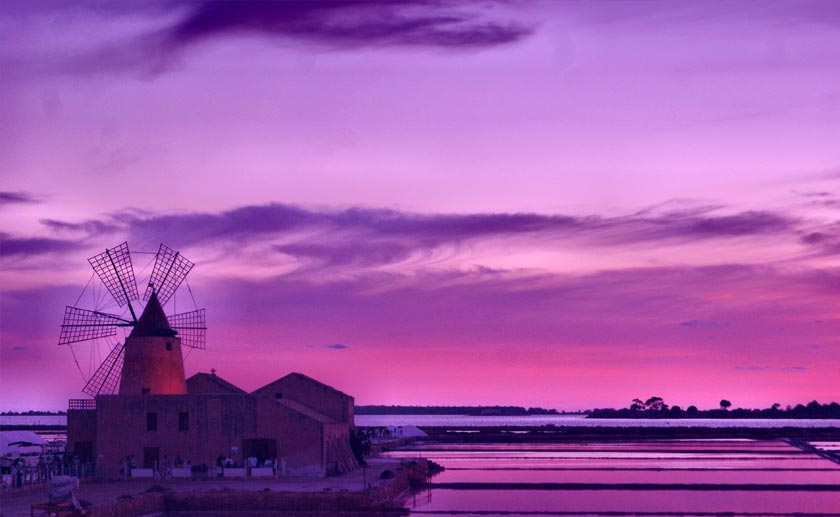
The Valley of the Temples, Agrigento
For history and art lovers, there is no better destination than the Valley of the Temples in Agrigento, a UNESCO World Heritage Site. This archaeological park is known for the extraordinary preservation of its monumental Doric temples from the Hellenic era. It is a journey into ancient Akragas, the original core of the city of Agrigento.
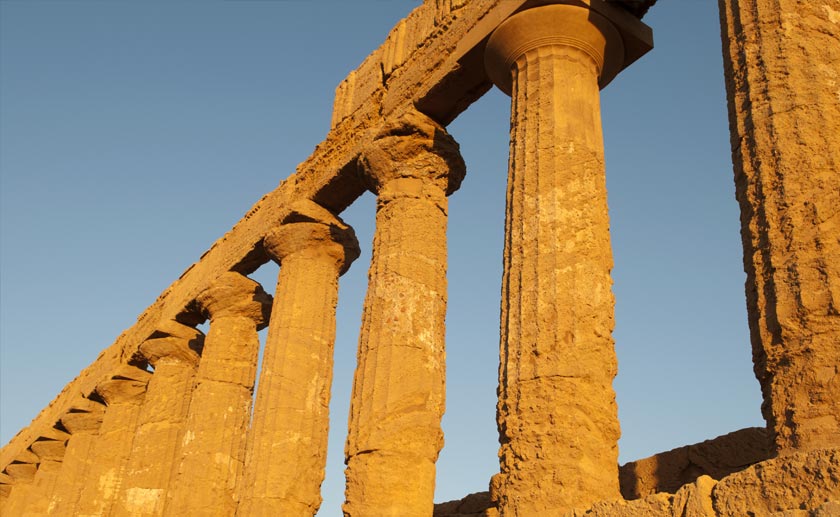
The Scala dei Turchi, Realmonte
Along the coast of Realmonte, in the province of Agrigento, rises a striking and unusual white marl cliff—its smooth, stair-like shape carved by rain and wind over time. The Scala dei Turchi (Stair of the Turks) takes its name from the Saracen pirates—referred to locally, albeit inaccurately, as “Turks”—who in the 16th century would land on this natural formation to raid coastal villages like present-day Realmonte.
